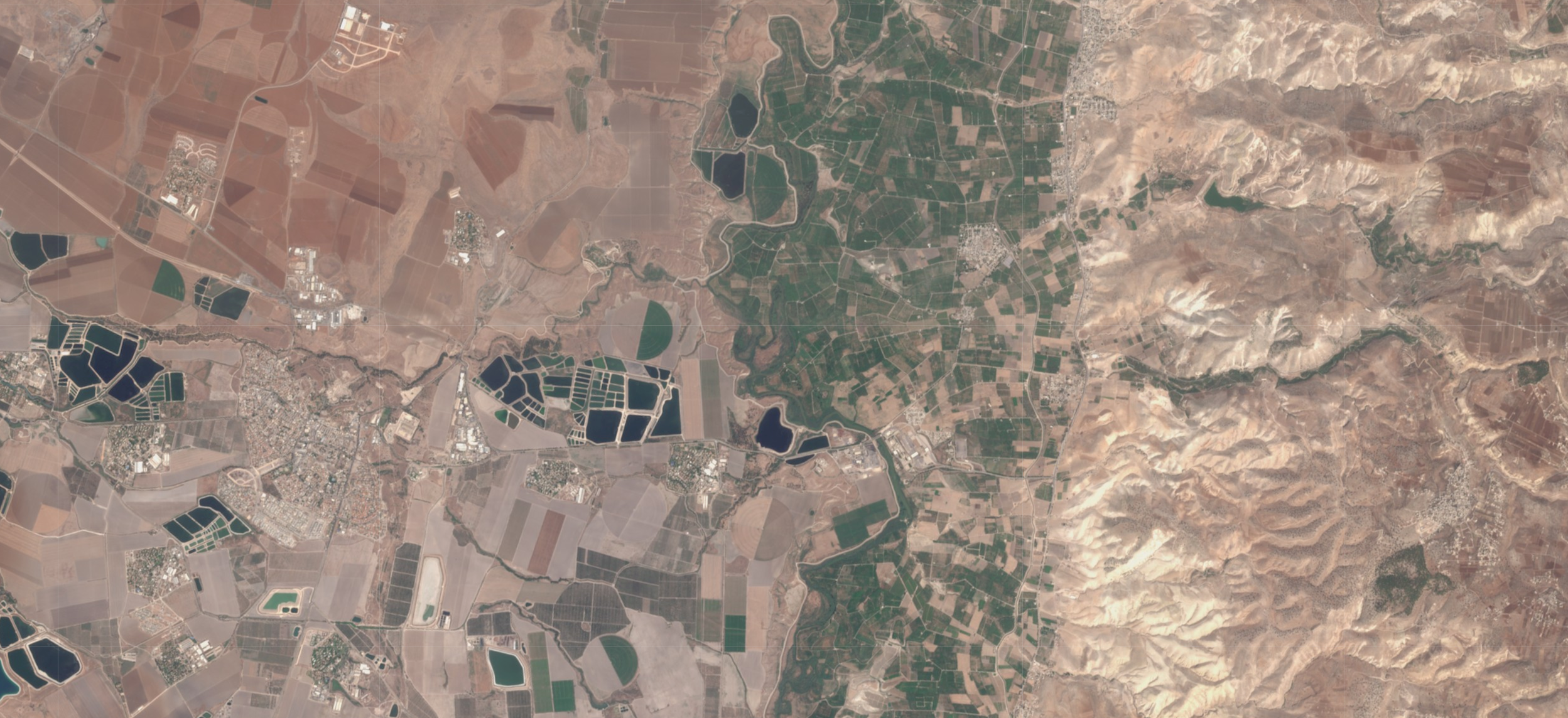Land use change
Land use change is a major driver of global environmental change, and in many regions it is occurring rapidly. These changes include urban expansion, changes in agricultural practices, land abandonment, deforestation, reforestation, etc. Documenting these land use changes and the causes, consequences, and impacts on the environment are key for improved land management. Remote sensing, due to its multi-temporal, multi-satellite, repetitive and synoptic coverage capabilities, can be effectively used for mapping, monitoring and assessing the land use and assess their impact impacts on the environment.
Within this framework, GRS uses a variety of remote sensing techniques ranging from optical to radar and passive microwave remote sensing to assess land use changes and changes in ecosystem functioning. Some examples include using remote sensing to assess changes in agricultural production (http://be-basic.grs.tudelft.nl/maps/316/view), disentangling climatic and anthropogenic drivers of ecosystem functioning (e.g., U-TURN project), and quantifying vegetation stability relative to short-term climate anomalies (e.g., http://www.mdpi.com/2072-4292/9/1/34).

Image courtesy of Stef LHermitte